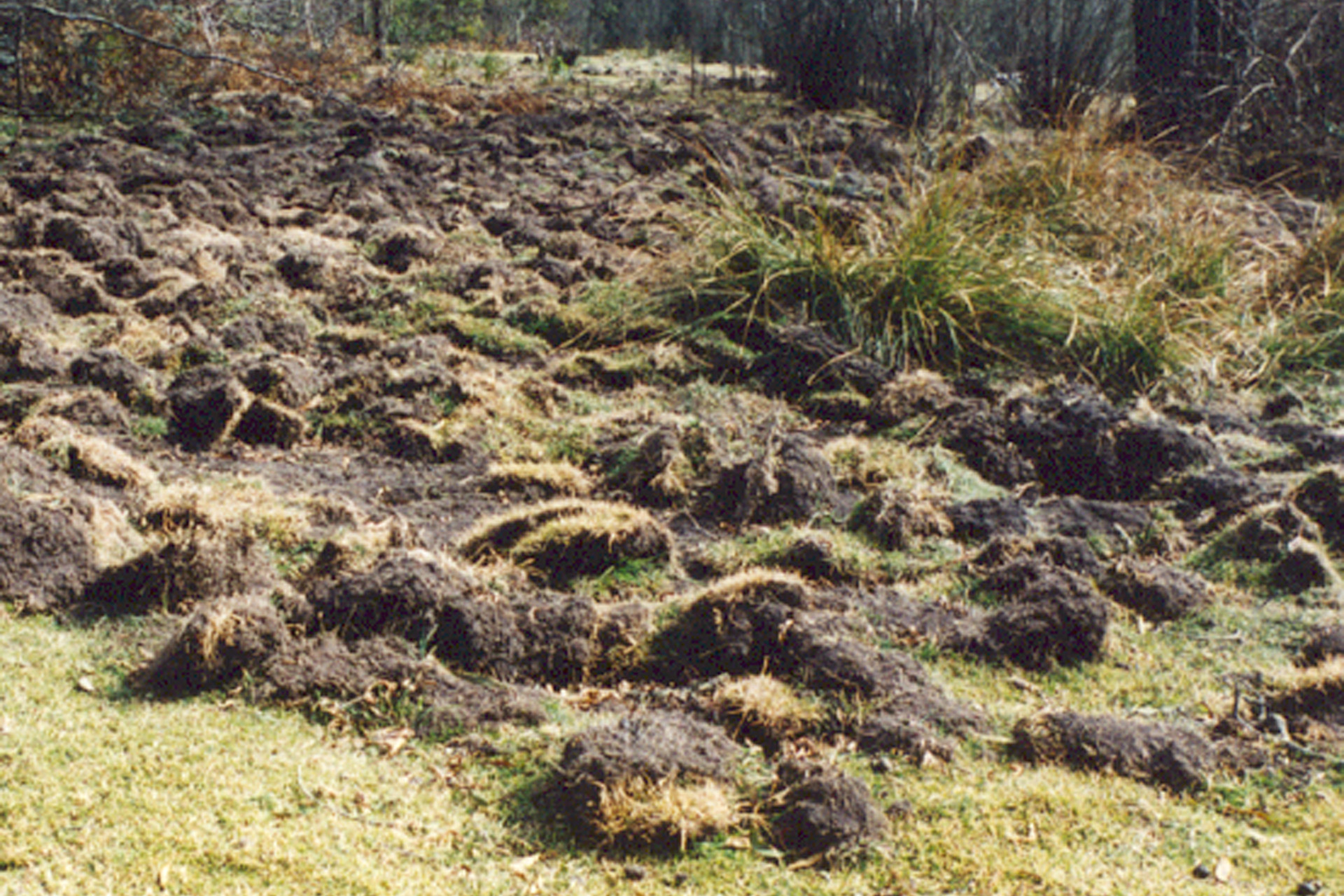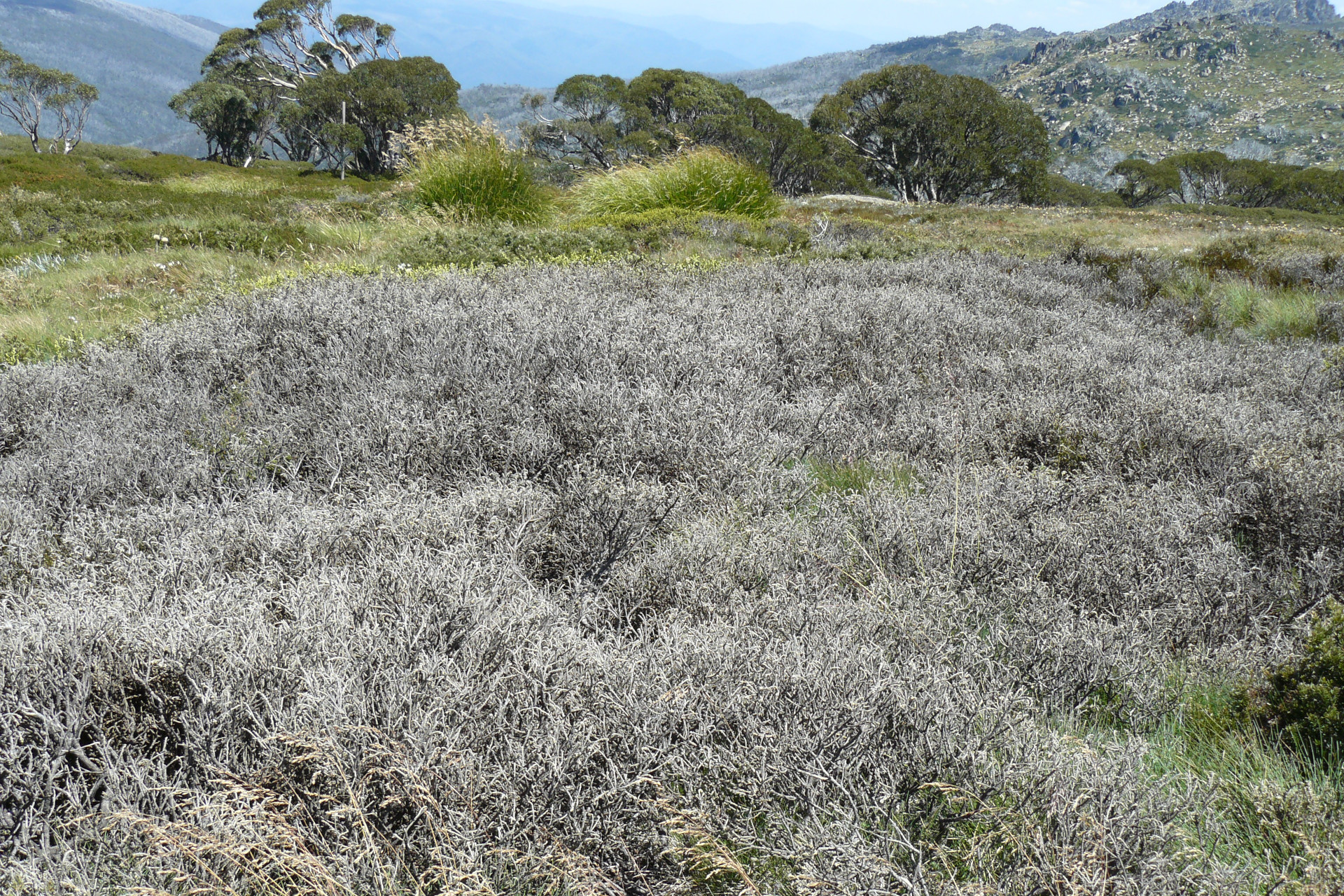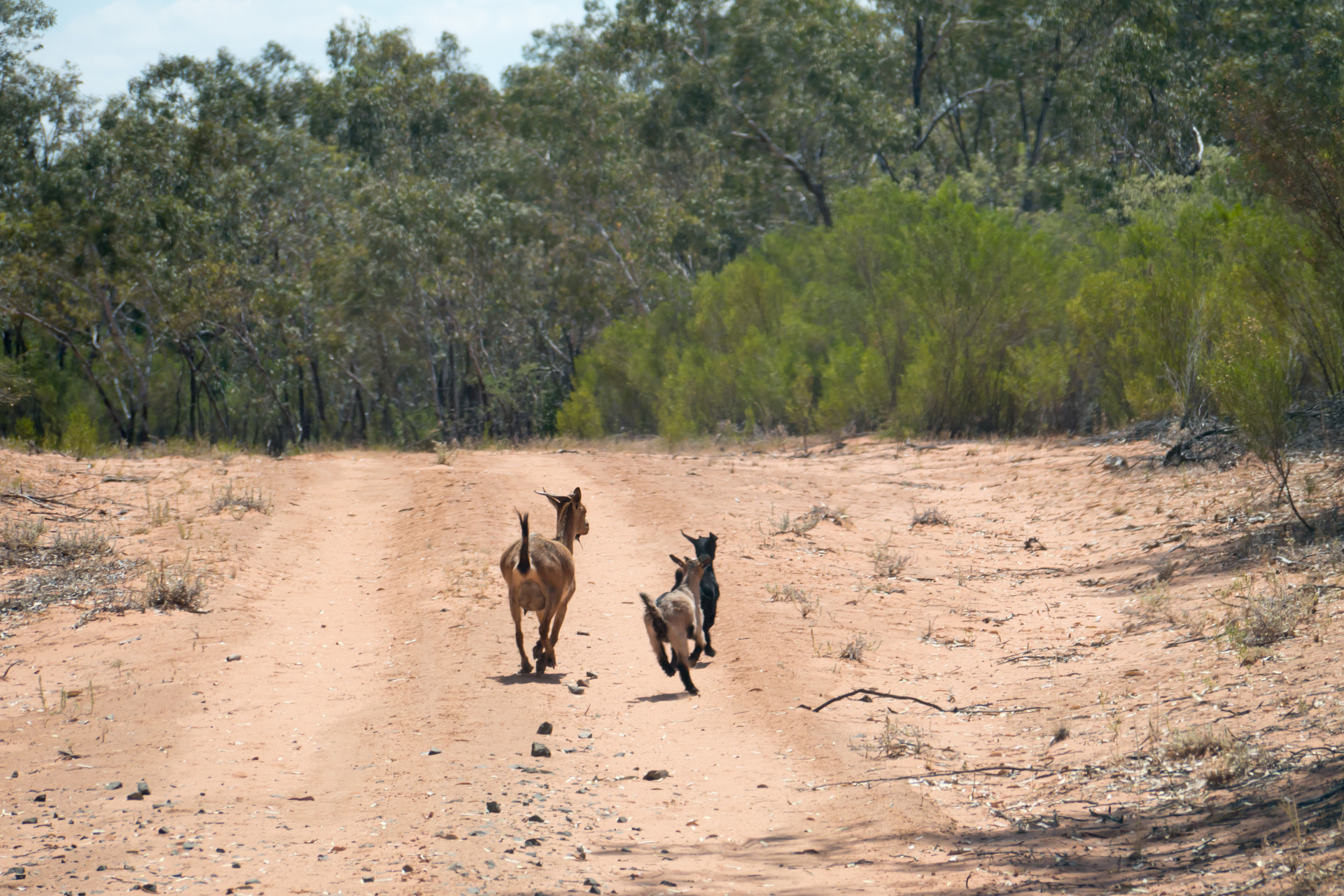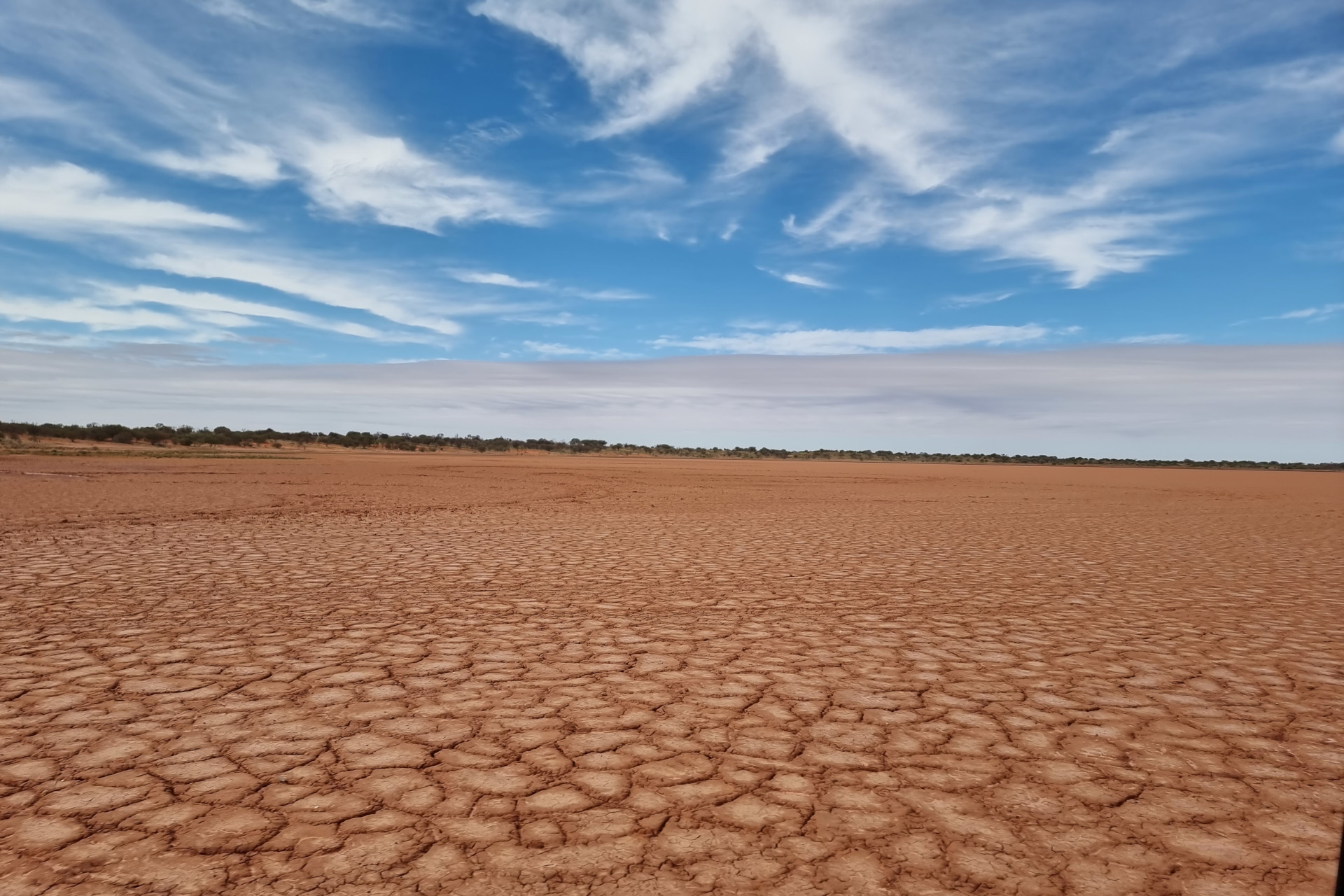Saving our Species explains: threats and threatening processes
Native plants, animals and ecological communities can be negatively impacted by other wildlife, natural events, and human activities. These impacts are called ‘threats’ as they can make it hard for a species to survive.
The threats to our species are diverse and will affect species in different ways. From pest animals that trample habitats to the highly transmissible Phytophthora cinnomoni disease, which fatally rots the roots of plants, threats can make it harder for species to feed, shelter and reproduce. Threats can displace species from their natural habitats, hinder their access to sunshine and water and change ecosystems entirely.
Key threatening processes
Some changes in the environment threaten so many different species or are so severe and widespread that they are classified as a ‘key threatening process’ and are listed under the Biodiversity Conservation Action 2016. In New South Wales, a key threatening process may be listed if the process:
- adversely affects native threatened species or ecological communities
- could cause species or ecological communities to become threatened.
Some of the key threatening processes in New South Wales are:
- non-native animals and plants (like feral goats and lantana)
- climate change
- habitat loss.
Programs like Saving our Species may develop and implement strategies to manage particular key threatening processes where they are a key cause of the decline of our precious biodiversity.
One example of a key threatening process is ‘bushrock removal’ – removal of natural rocks from their original area. Sometimes rocks may be illegally or inadvertently removed for landscaping or agricultural use. Bush rock serves as home and habitat for many species, like the endangered broad-headed snake (Hoplocephalus bungaroides), so its removal is a threat to them.
Bushrock provides crucial shelter to allow species to:
- hide from predators
- find food
- escape harsh natural disasters like bushfires.
Without these natural guardians, our threatened species and ecosystems are more vulnerable and at risk of extinction.
Read more about Saving our Species’ key threatening processes strategy on our Key threatening processes webpage.
Securing the future through conservation strategies
In our last Saving our Species explains article, we touched on conservation strategies. Think of these as flora and fauna healthcare plans. Each species under the Saving our Species program gets its own ‘healthcare plan. In this plan is a breakdown of the threats and the actions we are taking to best reduce the impact of those threats.
Together with our partners, we use targeted research, adaptive management and best-practice evidence to help improve conservation outcomes for threatened species and ecological communities in New South Wales. The more we protect our threatened species today, the greater their chances of thriving tomorrow.
You can search for a species’ conservation strategy in our Public register of Saving our Species conservation strategies.



